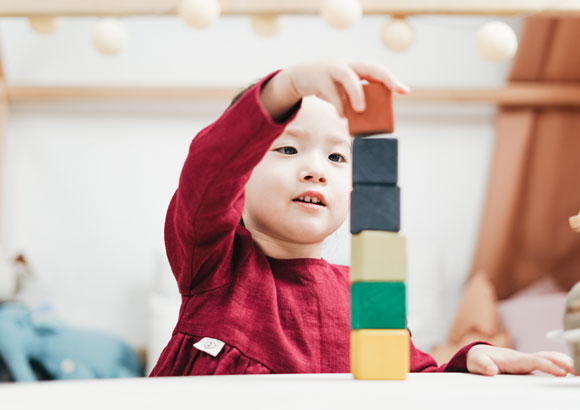Parents’ Common Questions on Child’s Transition from a Standalone Preschool to an International School
 Schooladvisor Team
Schooladvisor TeamSchool Advisor offers some helpful advice on understanding and managing your child's transition from a standalone preschool to an international school!
For parents with children aged two to five, early childhood education and the experience of going to a preschool contributes to a significant period of their children’s lives. Many standalone preschools, nurseries and kindergartens begin introducing the children to basic concepts of literacy, numeracy, and physical and emotional health from a very young age. At the same time, these lessons increase their conversational skills and the ability to think laterally.
As they move to a higher level in primary school, they benefit from having a solid foundation in these aspects. While parents have many options to consider for primary school, many Malaysians have begun sending their children to international schools as soon as their children are of age. But what can parents expect from the transition from a standalone preschool to an international school?
We answer some of the most common questions parents have on the transition.
What is Montessori? How does my child learn?
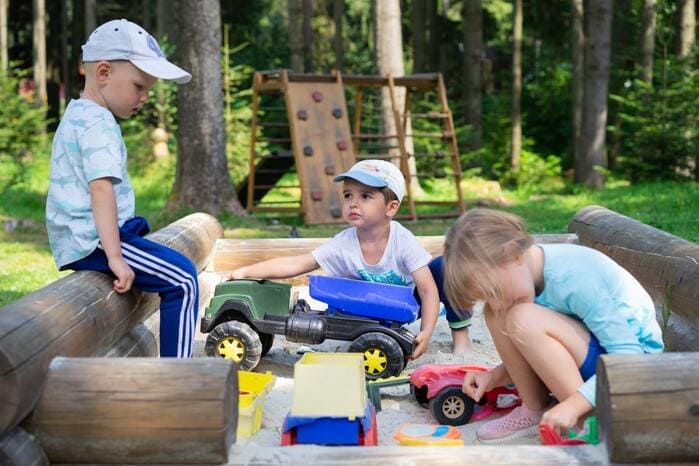
Based on Maria Montessori’s principles, a child’s sensitivity is at its peak from birth until they are 4-years-old. During this period, a child absorbs everything around them like a sponge.
Children in Montessori learn through self-directed learning and hands-on activities that incorporate play and games. Their classrooms are designed for the sole purpose to ensure a creative learning environment wherefore the children can explore and run and interact with everything around them. Unfortunately, the ideal Montessori learning method can be interrupted by teaching and space constraints, and recently, by the pandemic, too.
Parents may recall the academically rigorous preschools they attended when they were younger. Meanwhile, most preschools today have introduced music and games in their curriculum to make learning enjoyable for young learners. In addition, preschools nowadays offer an array of subjects to build the foundation of their interests. On top of English and Malay literacies and Mathematics, children learn Mandarin, music, sports, get involved in arts and crafts, and improve their gross motor skills
A preschool will affect your child’s learning ability, therefore finding the right and most suitable preschool and kindergarten for your child is crucial to support their learning development and guarantee a smooth transition to primary school.
I want to send my child to an international school in Malaysia. Can they cope with the transition?
When you plan to send your child to an international school in Malaysia right after early childhood education, there are several aspects to consider. If your child is from a standalone preschool, here are some things that should be taken into consideration:
The Curriculum
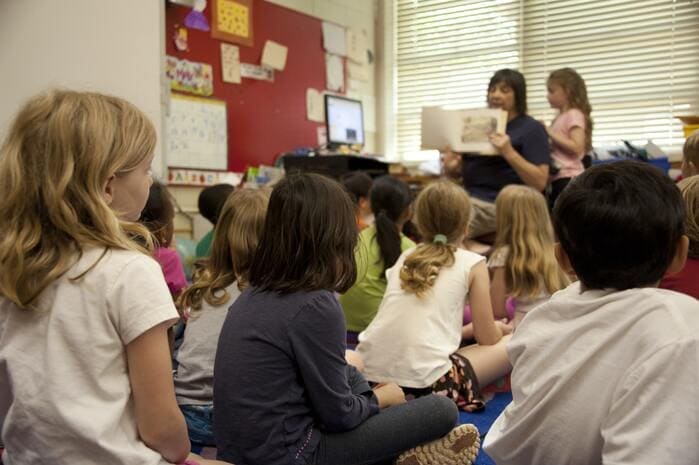
There are many types of curriculum available in international schools, such as the National Curriculum for England (British Curriculum), the American curriculum, the Australian curriculum, the Canadian curriculum and the International Baccalaureate. These curricula are rigorous and internationally recognised by universities across the globe.
Some international schools offering Australian and Canadian curricula provide a provincial or district-based curriculum. For example, the Australian curriculum adopted in Malaysia is the New South Wales curriculum that culminates in a Higher School Certificate. The Canadian curriculum provides the Ontario curriculum.
Each curriculum works as a continuum, which means the early your child begins their learning early in the curriculum, the more beneficial it is for them to grasp the necessary knowledge for primary school and beyond.
If you wish your child to switch schools and curriculum, you and your child can do so. It is best to determine your child’s learning needs and what they wish to achieve after secondary school, ensuring they can achieve their desired grades.
Learning Development
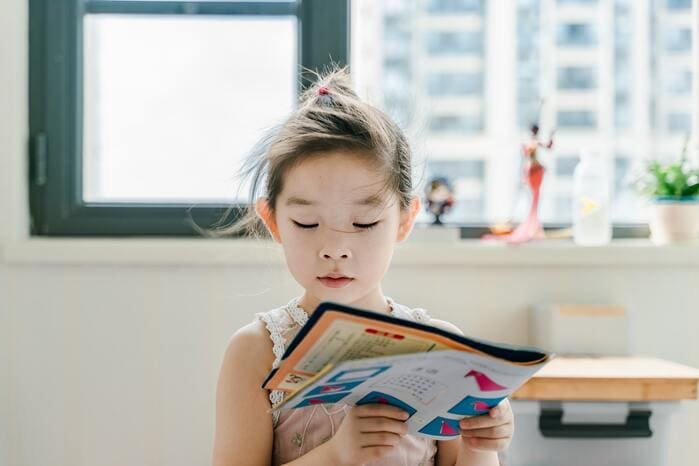
If your child is struggling at the primary level in an international school, enrol them into a transitional programme at the school. A transitional programme has teachers specialising in mediating children’s learning process and instilling confidence in reading, comprehension, writing and calculation, so they are ready and be on the same page as their peers. Therefore, look into the school’s transitional programme based on the curriculum offered at your chosen international school.
Your child would require more time to assimilate into a new environment, new curriculum and even meet new people after moving on to primary school. It is normal for them to express discomfort in the beginning. Seek teacher’s advice and encourage your child so they can express themselves freely and adapt to a new environment as quickly as possible.
Another important aspect is the accessibility of learning materials. In addition to highly-trained teachers, a school that advocates learning beyond the classroom would have a comprehensive library and high-tech computer labs, where the students can easily access other learning materials, is a school that offers a seamless support system for students.
Language Acquisition and Literacy

Most international schools’ command language is English. However, Malay, Mandarin and French are some of the preferred languages for students to learn as a second language.
By acquiring language skills at an early age, students can fulfil the curriculum’s needs and vice versa. However, the learning structure of an international school would vary depending on the curriculum the school offers. Students will indulge in hands-on, collaborative activities such as games, quizzes, and presentations to improve their speaking skills.
International schools offer language clubs as part of their co-curricular activities, allowing students to explore the languages in-depth.
How many students are there in a class at international schools?
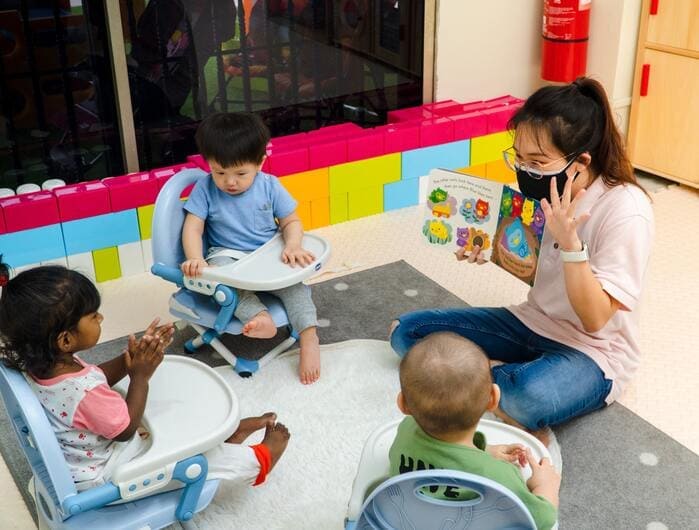
The student ratio in international schools is significantly lower compared to government schools. This ensures that, with fewer students, teachers can provide undivided attention to every student present in the classroom.
Classroom size in international schools would generally have twenty to twenty-five students. Having fewer pupils in the classroom is preferred as social distancing can be observed without a problem.
Another aspect to consider is your child’s interaction with their peers in the classroom. A smaller class ratio will provide your child with a more engaging interaction, making learning fun and intimate.
I want my child to be involved in extracurricular activities. What types of activities are offered at international schools?
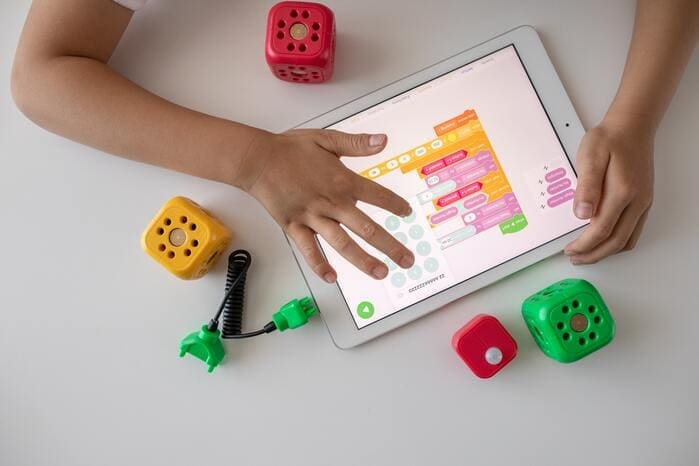
International schools offer a plethora of co-curricular and extracurricular activities for all students to increase their skills and let their talents shine in sports, STEM and STEAM and the arts. However, some international schools incur extra fees for extracurricular activities as they may outsource professional coaches and instructors.
Many schools offer a platform for students to hone their skills and interest. Some activities include coding and robotics, arts and crafts, music and orchestra, track and field, football, basketball, tennis and more. International school students have competed in school-level competitions to national and international competitions.
Click here to find schools by area near you!
How much will I need to pay for international school fees?
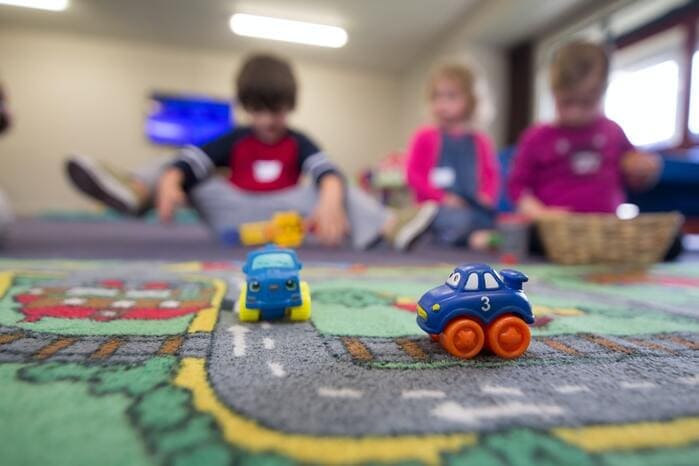
The nature of the fee structure of an international school would be different from one international school to another. Fee structures for these schools reflect the quality of the teachers in terms of experience and qualifications and the facilities they provide to ease your child’s learning journey.
Qualified teachers are able to aid your child through structured, internationally-acclaimed syllabi and can help children with various learning styles and needs to adapt to the curricula. In addition, teachers can intervene and provide additional support and services to students who require them.
International schools’ fees also reflect the facilities they provide. Many schools have adopted the technological approach in classrooms. They are equipped with the latest gadgets such as Apple products, powerful computers and virtual reality headsets to aid and improve learning in class.
International schools often invite professionals to guide students through their interests through co-curricular and extracurricular activities, which will benefit their personal development and hone their craft while they learn the ins and outs of the industries.
You can calculate international school fees using School Advisor's Fee Calculator!
List of International Schools in Kuala Lumpur offering preschool
An international school and curriculum that suits your child is an investment for their future. If you are looking for international schools that provide preschool with a direct pathway to primary and secondary school, you are in the right place. Here is a list of international schools that offer preschool options for your child:
1. Australian International School Malaysia (AISM)

IGBIS offers the International Baccalaureate Primary Years Programme (PYP) for students aged 3 to 12-years-old, a perfect direct pathway to primary, middle and secondary school. PYP focuses on transdisciplinary units of inquiry, offering an engaging, challenging and relevant learning journey.
2. IGB International School (IGBIS)
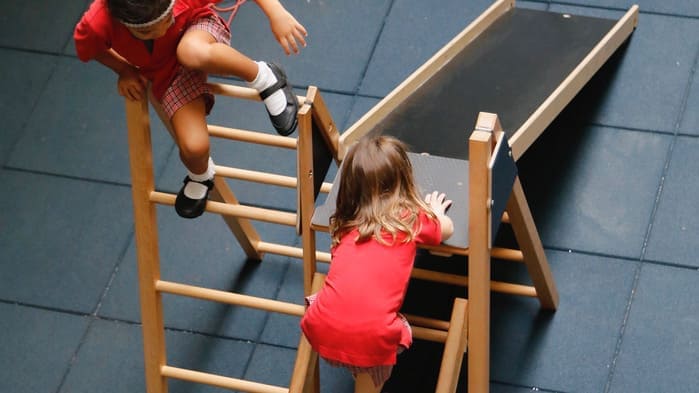
IGBIS offers the International Baccalaureate Primary Years Programme (PYP) for students aged 3 to 12-years-old, a perfect direct pathway to primary, middle and secondary school. PYP focuses on transdisciplinary units of inquiry, offering an engaging, challenging and relevant learning journey.
3. The British International School of Kuala Lumpur (BSKL)
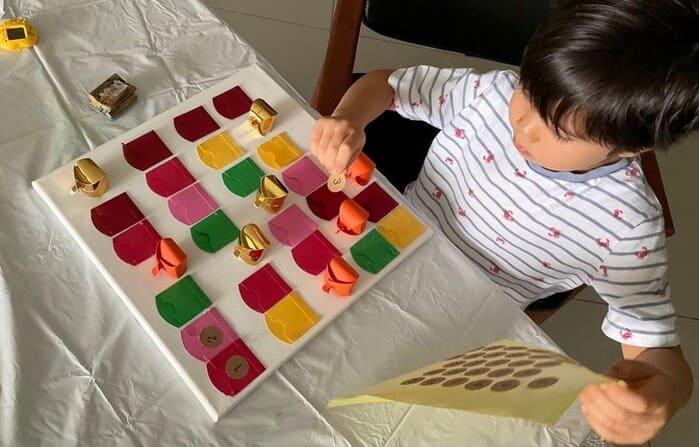
BSKL’s Early Years programme centres around caring for students and making them feel at home. Students learn through conversation, discussion, reading, outdoor activities and socialising. Teachers provide support and inspire students to do their best in their own learning.
4. The International School of Kuala Lumpur (ISKL)

ISKL’s approach to the early years programme offers a structured and creative environment to expand a child’s overall development. In addition, ISKL provides a Chinese and Spanish language programme to ensure students build a foundation for their second or third language.
Explore School Advisor
Calculate international school fees with our Fee Calculator.
List of international schools in Johor.
List of international schools in Penang.
What is the New South Wales curriculum?
School Advisor empowers parents to make the right choices with Malaysian schools and more! We provide a comprehensive list of the best international school and private schools that offer preschool, American and British curriculums, International Baccalaureate, A-Levels and more that will satisfy your child's academic and co-curricular growth.
Follow us on Facebook, Instagram and Twitter to keep up with the latest news from us and on education and parenting!
Recent Articles
- What Should You Be Looking for in a Preschool?
- HELP Education Group Unveils New Sports Oval in Subang 2 Campus
- Exploring the Homeschooling Path: What Parents Need to Know Before Taking the Leap
- More Parents Are Now Opting for International Schools in Malaysia
- AISM Students Who Dream Big and Build Bigger
